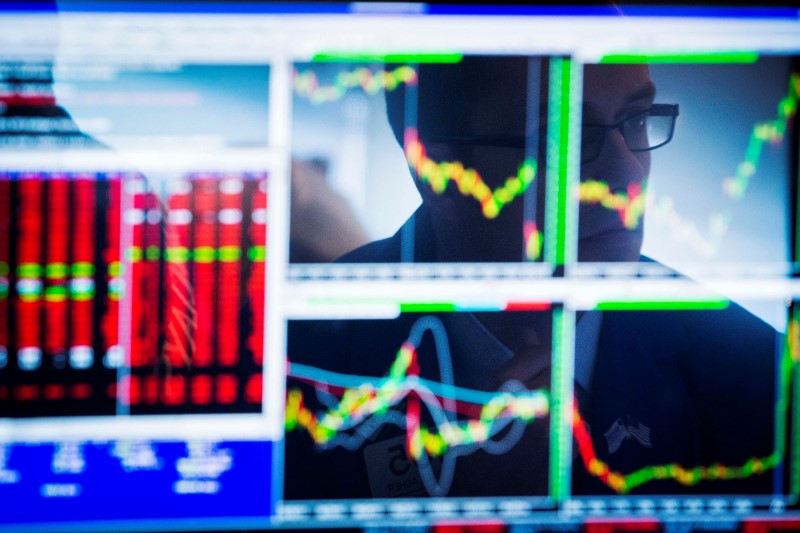Investing.com — Last week saw broad flows toward all asset classes, but China led the way with the third-largest equities inflow in 2024, Bank of America revealed Friday. Year-to-date, stock funds are now tracking $700 billion in inflows, the second-highest ever.
For the week ended on October 10, stock funds attracted $39.7 billion. Emerging markets saw a record inflow of $40.9 billion, with China contributing $39.1 billion, the largest in history.
In contrast, Japan posted its biggest outflow on record at $8.8 billion, while India saw its first outflow since June 2022, at $200 million. Tech funds experienced their largest inflow in four months, pulling in $7.4 billion.
Meanwhile, bond funds recorded $17.5 billion in inflows, marking the 50th consecutive week of inflows for investment-grade (IG) bonds, which drew $9.5 billion.
High-yield (HY) bonds added $400 million, their ninth straight week of inflows, while Treasury bonds saw $4.5 billion in inflows, resuming after a brief pause. Municipal bonds extended their streak to 15 weeks with $1.1 billion in inflows, and emerging market debt attracted $1.2 billion for the fourth consecutive week.
Treasury Inflation-Protected Securities (TIPS), however, recorded their largest outflow since December, at $1.3 billion, while bank loans had their biggest inflow in five months, at $1.4 billion.
Cash inflows were also strong, reaching $16.7 billion. Gold attracted $500 million in inflows, while cryptocurrencies saw $300 million.
BofA strategists noted that while traders are aggressively buying into China stocks, allocators remain skeptical about a major turning point, particularly with the U.S. election looming.
The team said it would “buy any China dips” with policymakers suggesting that capital markets will be “used aggressively to boost domestic animal spirits and demand.” BofA also expects upward revisions to China’s GDP forecast from 4.6% and higher bond yields to drive more asset allocation into the country.
On politics, the bank highlights that the latest polling shows a tight race between Donald Trump and Kamala Harris, with Trump having a slight edge at 53% to Harris’ 47%. However, what’s more important to Wall Street is the low and stable likelihood—around 30%—of a “sweep” by either party, meaning one party controlling both the presidency and Congress.
This has eased investor concerns that the election may “trigger inflationary higher tariffs, lower taxes, lower immigration, and thus higher bond yields and lower stocks,” strategists said.
Regionally, U.S. equity inflows resumed with $2.7 billion, while Europe posted a second week of outflows, losing $1 billion. Emerging market stocks continued to show strength, marking their 19th consecutive week of inflows.

